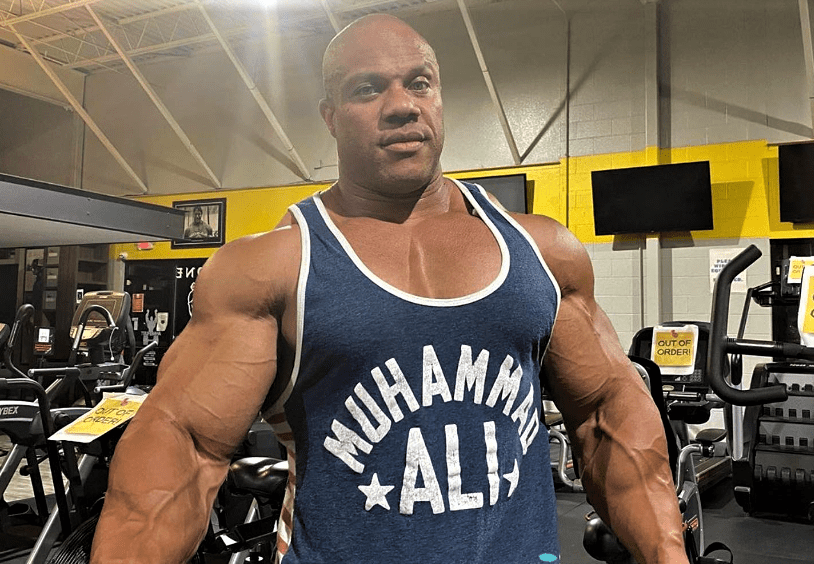Phil Heath was the phenom who fulfilled his promise. Did he ever. A former collegiate basketball player, the Gift burst onto the bodybuilding scene, winning the overall Jr. Nationals and USA Championships at 25. They were his first two national contests, just two years after first stepping on a stage, and already he was a pro. The next year Phil Heath won the first two pro shows he entered! Still, many observers wondered if the Gift, who was competing around 210 at 5’9″ (more than 50 lbs. less than 5’9″ Mr. Olympia Jay Cutler), would ever carry enough muscle to be Mr. Olympia, especially after he finished fifth in the 2007 Arnold Classic, his first real loss and a humbling one. But Heath reinvented himself in 2008, coming in at a peeled 230 and dominating the Ironman Pro and finishing third in his Mr. Olympia debut.
Then it was just a matter of time. After a close second behind his one-time mentor Jay Cutler at the 2010 Mr. Olympia, Phil Heath won the ultimate title in 2011. It was the first of seven consecutive Mr. Olympia victories, tying him with Arnold Schwarzenegger, one behind the record of eight held jointly by Lee Haney and Ronnie Coleman. Heath, who turns 43 in December, last competed in 2020. A comeback is unlikely. He has nothing more to prove. Instead, The Gift, can look back at his string of seven Mr. Olympia victories (2011-17) and the nine straight years (2010-18) he was in the top two, and know that he truly fulfilled his gift. He is bodybuilding’s all-time prize money earner.
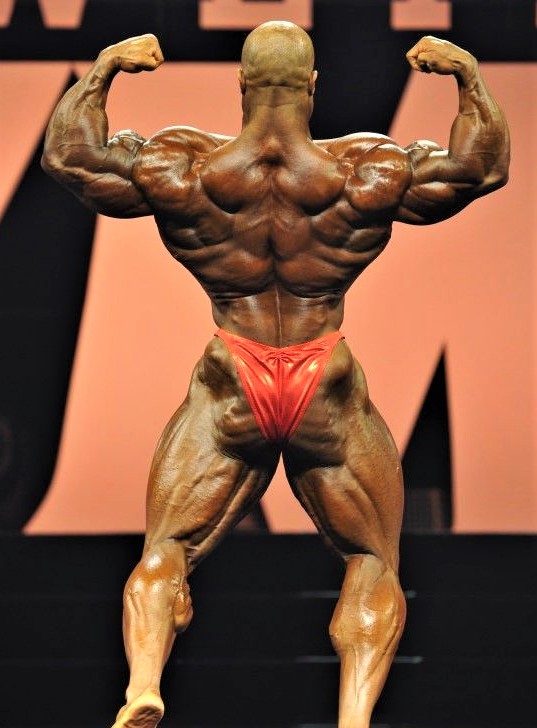
From 2012–2014, years when Phil Heath fought off (and nearly fought) runner-up Kai Greene to win Mr. Olympia titles, I wrote Heath’s column for FLEX magazine. From my files, what follows are the best training tips he told me during that time.
— Greg Merritt
1. FORGET IMPRESSING PEOPLE WITH BIG WEIGHTS.
“There’s only one Ronnie [Coleman]. He was crazy strong, but he didn’t usually do low-rep sets. I don’t lift like a wussy, but I don’t do 600-pound squats and all that. The heavier you lift, the greater the risk factor. I want to always use a weight I can control and manage and focus on my muscles. Too many people are too worried about what other people think when they’re training. They do those big lifts just to impress their friends or some strangers in the gym. I don’t care about impressing anyone with how much I lift. I do my walking lunges with just my bodyweight, but I get a full, deep stretch on every rep, and I focus it on my legs. I let the results do the impressing on stage. I’m all about building muscle.”
2. DO MACHINE CHEST PRESSES.
“In 2011, we got an incline Hammer Strength press in the gym [Armbrust Pro Gym in Wheat Ridge, Colorado], so that became a key exercise for chest. I stopped doing barbell presses years ago, and I stopped doing Smith machine chest presses in ’09 after I almost tore my pec. So after ’09, I was sticking to dumbbells and a Flex machine for chest presses, but the Hammer presses made a big difference over the last two years. You need to find the exercises that you feel best in your targeted area from stretch to contraction on every rep. If you really feel an exercise hitting your muscles the right way, keep that exercise in your routine and work it over and over again, workout after workout. With patience, the growth will come.”
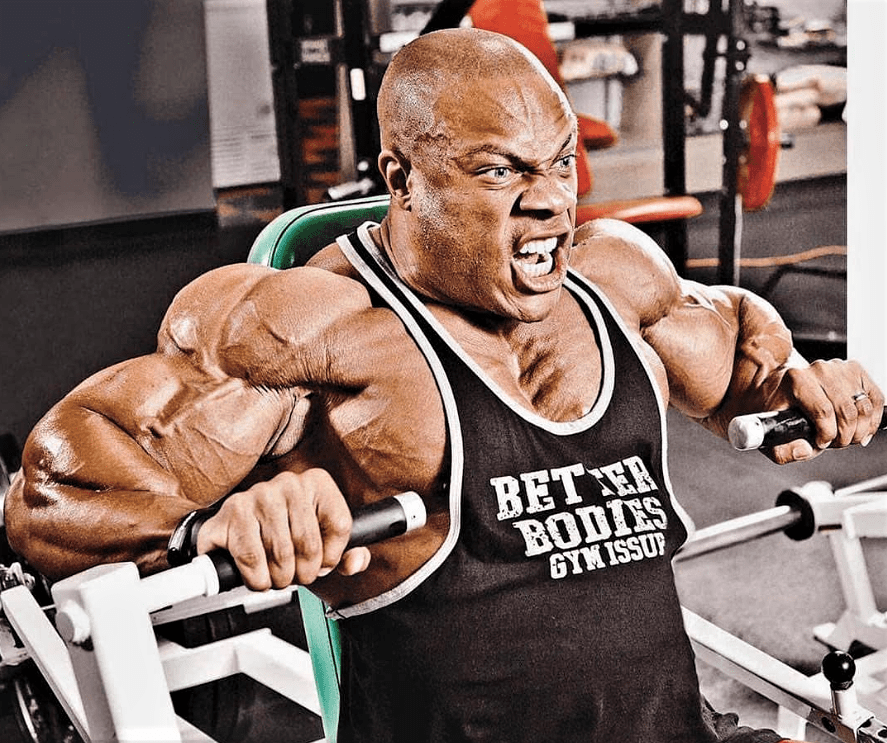
3. HAVE PATIENCE.
“I’ll tell you the most important thing to gaining size, as far as my own personal journey goes. It’s patience. Patience is number one, because that journey is long. It’s not just three months long. It may be 10 years long or maybe longer. Bodybuilding takes a lot of time. People look at me going from a novice doing my first show to turning pro at the USA in two years, and they think things can come fast. But they just don’t for most people.
My physique has steadily changed through the years. There were times when I felt too small. When I did my first pro show in 2006, I won, but everybody was talking then about how I’d never fill out enough to even contend for a Mr. Olympia title, let alone win one. Jay and Ronnie had at least 50 pounds on me. But I just kept filling out year after year. When I won the Olympia last year, I was 248, so think about that. The gains I made from my pro debut average out to five and a half pounds a year. That probably doesn’t seem like much for one year, but just keep hitting the repeat button, and it adds up. Over six years, those gains built a completely new physique. You have to put the workouts in and you have to get the meals in, and, with time, you’ll maximize your own potential—whatever that might be—and get the best physique you can. But don’t think in terms of months or even one or two years. Bodybuilding is a lifestyle. You’re in this for life.”
4. DO HIIT CARDIO.
“I did my Olympia cardio first thing in the morning on an empty stomach. I take all my thermogenics as soon as I get up, and then by the time I get to the gym it’s about 30 minutes later, so it usually kicks in when I get on the incline treadmill. And then it all depends on how I’m looking but more than likely I’ll also do cardio again right before I go to bed.
I like HIIT [high-intensity integral training] cardio. When doing it, you alternate periods of lower intensity cardio with periods of higher intensity cardio. It’s the most effective way of burning fat. I use it a lot during my Olympia contest prep when I’m on the incline treadmill. I’ll alternate between two minutes of running and two minutes of brisk walking for the whole session. The sessions might be as short as 30 minutes or as long as 60, so, obviously, there’s going to be a lot of integral periods in there.
Psychologically, I like the change of pace. As I’m doing that two minutes of really intense cardio, I know as I watch the seconds tick down I only have that limited time before I can sort of rest again. That makes it’s easier to go all-out for those two minutes and really move. Then, as I’m walking briskly for the two minutes, I’m watching the time tick down to when I have to run again, and I’m getting amped up to work my butt off again for two minutes. I like that groove of going back and forth. A lot of guys hate cardio, but they do it at the same pace. What I do is combine fast cardio and then moderate cardio, switching back and forth. It’s a lot less boring, and it’s more effective too.”
5. YOU DON’T HAVE TO REAR SQUAT.
“I remember reading a long time ago that Dorian Yates never really believed in squats. He did leg presses instead, and he won six Olympia’s with two of the biggest legs. I do think squats have their place. I think you just have to be honest and ask yourself, ‘How’s my form on squats?’ They just don’t work for everyone, especially taller bodybuilders. I see a lot of guys who can squat more than me, but their form is horrible and their legs are small. So I don’t know if squatting heavy is really beneficial to them.
I think rear squats have their place in leg workouts, but I’m not too concerned about the weight. I’m more in tune with how my muscles are moving when I squat. If it doesn’t move right, then I try to find something else that’s comparable to a rear squat. I think leg presses should be in everyone’s workout no matter what. And you can do so many types of squats. You can do single-leg squats, you can do front squats, hack squats, Smith machine squats. So include leg presses and some type of squat and build your leg routine around those basics. Don’t focus so much on just rear squats and how much you can squat unless you really feel that exercise in your quads. Work those exercises that best target your quads and don’t go so heavy that you can’t control the weight for full reps and feel the muscles working throughout every set. Those are the things that will grow bigger legs. Just squatting more and more weight doesn’t do it for most people.”
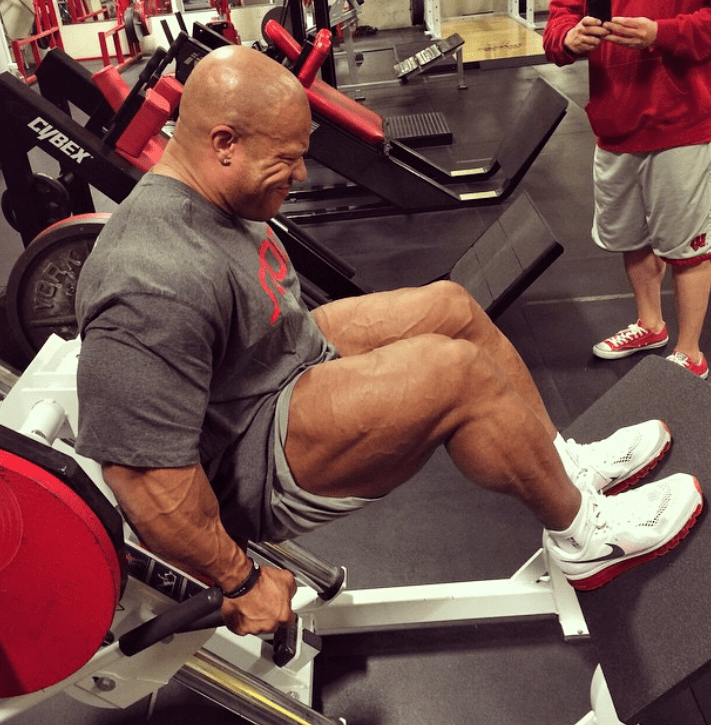
6. USE SEVENS TO FINISH OFF EXERCISES.
“Sevens are really the key to FST-7, the system developed by my trainer Hany Rambod that I’ve been using for the past four years. They’re seven final sets in a row with only 30 seconds rest between sets. They’re great for upping the intensity on your weakest bodyparts. I use them for every bodypart except arms, because obviously arms are my strong point. So pretty much my last exercise for every bodypart except arms will be for seven sets with short rests. People think you should only do sevens on isolation exercises, but you can use them with compound exercises too. I tend to pick either an isolation or a machine exercise, something like side laterals for shoulders and maybe a Hammer [Strength] press for chest.”
7. DON’T FOCUS ON THE PUMP.
“The pump isn’t the most important thing. It’s not the catalyst for growth. You need to put in the work of doing intense sets with good form and maximum weights for reps in the 8-12 range. Those sets will bring about the growth, and then you add the pump to that. Too many guys think they can go in a gym and pump up and that’ll make them huge, but they’re not challenging their muscles. Their muscles aren’t getting the stimulation to grow.
It doesn’t take much technique to get a pump. You could do 50 sloppy reps of some exercise and get a crazy pump without really knowing what you’re doing. But to actually grow, it does take technique. You actually need to know what the hell you’re doing to make your muscles grow. Don’t worry so much about the pump. If you do FST-7, the pump will come. Focus on learning how to do the exercises correctly to target your muscles. Then you got to get at it, and bring intensity to your workouts, and use progressively heavier weights. Those are the fundamentals that will bring growth.”
8. CURL WITH MACHINES.
“I’ve always curled with both free-weights and machines. I like that with a cable or machine I can get a strong contraction. Because of the weight stack, there’s a lot of tension at contractions that you don’t have with free weights. So I like to take advantage of that and really squeeze the contractions. A lot of people just swing the weights up and down on curls, and then they wonder why their arms don’t grow. Do every set of curls with the aim of getting the maximum tension in your biceps. Squeeze hard at contractions. And, like me, you’ll probably find it’s easier to do this with a curl machine or a cable curl than with free weights.”
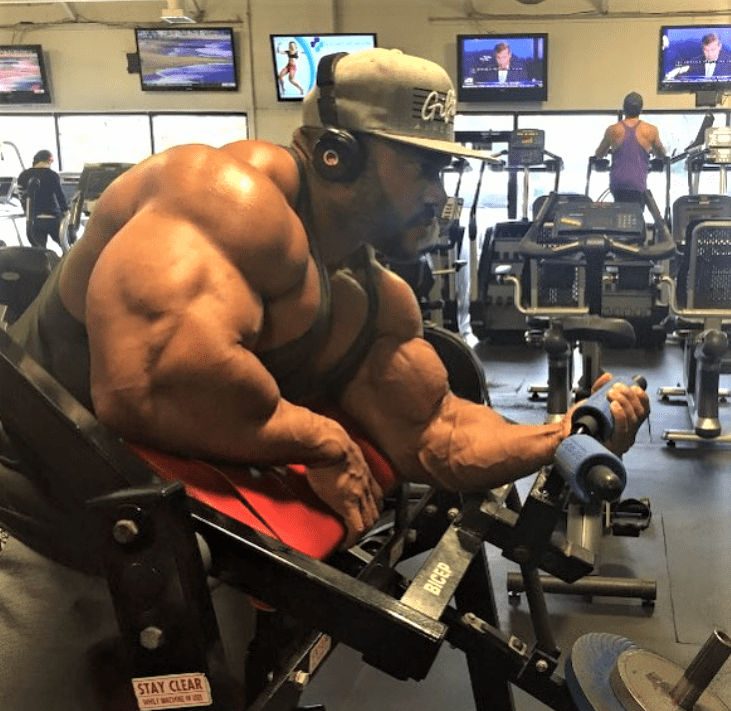
9. PRACTICE PERFECT FORM.
“You have to first learn how to do exercises correctly. Then you have to constantly monitor your form to make certain you’re doing things properly for your particular body. Everyone says practice makes perfect. I don’t believe in that s**t at all anymore. Perfect practice makes perfect. Otherwise you can be developing bad habits that you do perfectly in the gym every day. You show up in the gym on time, you have great intensity, you know your sets, you know your reps, you know your exercises, but yet you’re doing the actual repetition with only 50% efficiency. That means you’re developing bad habits. You’re perfecting the wrong way of training.
People talk about hitting plateaus. Well, they probably need to re-evaluate their form and technique. Most of the time people aren’t going to ask you to watch their form. They’re too proud to do that, and they’re going to assume they have it down rep after rep. But they have no way of knowing. I see guys in the gym all the time now, and it’s very annoying, but they have their phone out, and they’re making videos of themselves training. And I say, ‘Watch yourself. Are you actually studying it, or are you admiring your work too much?’ Even guys like myself with all the videos I’ve done, I actually watch those and critique my own form. How did that work? How can that be better? I’m always asking myself those questions. And it’s probably very little things I need to change, but I want it to be perfect. Perfect practice makes perfect.”
10. CONCENTRATE ON YOUR BACK MUSCLES WORKING.
“As for my back, it was a question of just being smarter and understanding that it’s all about being able to produce enough constant tension to get a great pump. For me, it’s a combination of free weights and machines for back, and it’s all about the form. Once again, practice makes perfect. Because you can’t really watch your back muscles while you’re working them, you need to rely on things like videos and photos, and you need to learn what it feels like to really keep that constant tension on your lats and the other muscles. Then when you learn that, you have to stay in that same groove rep after rep. Back work requires a lot of concentration to do it right. It’s not about just moving weights. You have to work your back and not work the weight. And then do that every rep, set after set, and just put the work in, year after year. My back has improved every year because I learned how to work it right to keep that tension on it. Once you get that down, you have to make sure you don’t lose it, and with time your back will have to grow.”
Phil Heath ranked #4 on Best Bodybuilders of All Time, According to A.I.



































